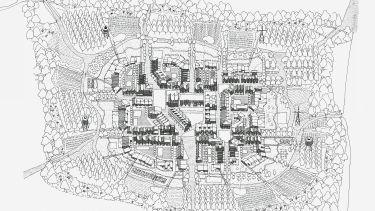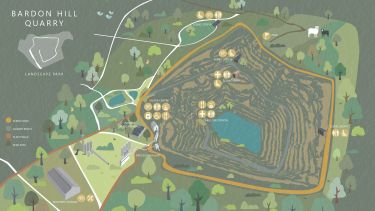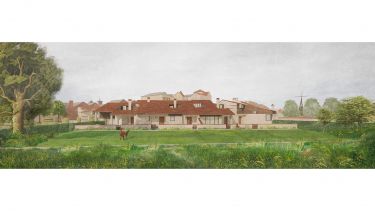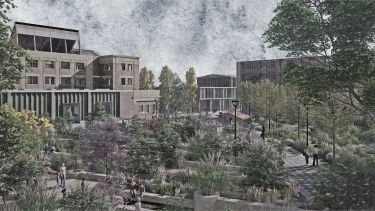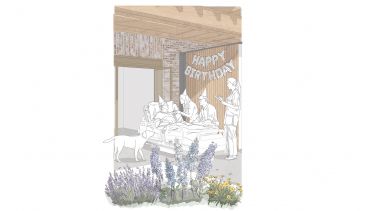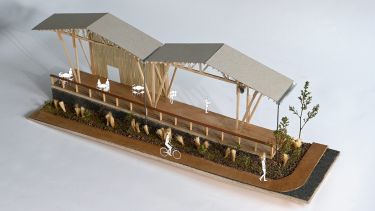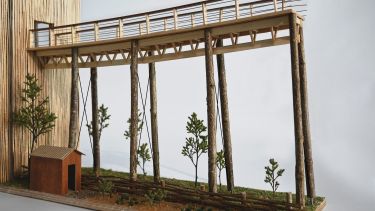Landscape and Urbanism
We explored the woodland network of the National Forest and the impact of climate change and the challenge of planting sufficient trees. We aimed to challenge the orthodoxy that timber construction is the only way to reach zero carbon.
25.8 million hectares of tree cover were lost in 2020 through a combination of deforestation and forest fires. There has been a 10% decrease in tree cover since 2000, equivalent to 165GT of CO2 emissions.
In 2021-2022, deforestation returned to pre-pandemic levels, making it the highest rate of loss of tree coverage since records began. The UK, at 13%, had one of the lowest percentages of national tree coverage in Europe.
Set alongside this landscape context is the urgent need to reduce the carbon footprint of the construction industry. The use of timber in construction is seen as a key strategy to reaching carbon zero.
Mass adoption of timber construction in the UK faces a myriad of challenges, from the sourcing of most UK construction timber from global sources to the fear of fire, driven by changes in culture following high profile disasters such as Grenfell.
The studio aimed to explore the cultural and historical legacy of our relationship with timber construction. We sought to explore the woodland network of the National Forest, an area of open woodland in the centre of the UK, stretching from Burton on Trent to Nottingham and Leicester.
We aimed to explore the impact of climate change and the challenge of planting sufficient trees. We sought to challenge the orthodoxy that timber construction is the only way to reach zero carbon.
The resultant projects were to create briefs that will be wide ranging but may have a focus on the development of operative communities and how they in turn develop support networks for health and wellbeing, learning, working and living.
Studio tutor

International postgraduate taught scholarships
We're offering scholarships worth up to £3,000 to international students joining the University to study a taught masters programme in September 2026.

